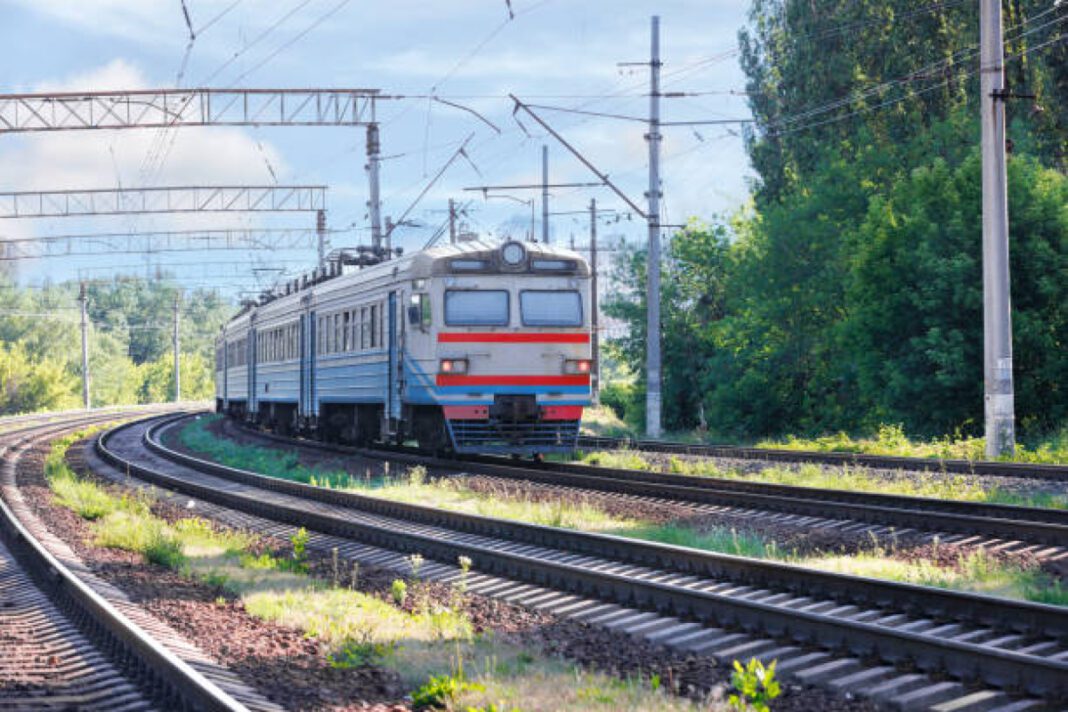The National Capital Region Transport Corporation (NCRTC) is embarking on the construction of the Delhi-Panipat Namo Bharat RRTS corridor, a project aimed at revolutionizing regional connectivity. This corridor is part of India’s broader vision for high-speed rail networks, which already includes the operational Delhi-Ghaziabad-Meerut corridor. The Delhi-Panipat route, a 103-km stretch, will pass through significant areas like Kundli, Gannaur, and Samalkha, connecting vital towns and cities within the National Capital Region (NCR).
Approved by the Haryana government in December 2020, the Delhi-Panipat RRTS corridor will feature 17 stations, including key points like Sarai Kale Khan, Indraprastha, and Kashmere Gate in Delhi. The project will be rolled out in phases, ensuring efficient execution and timely completion.
Trains on the new route will run at speeds of up to 160 km/h, with a design speed of 180 km/h. This will drastically reduce the travel time between Delhi and Panipat, taking less than 1.5 hours to cover the full distance. Commuters can expect trains every 10 to 15 minutes, improving accessibility for daily travellers.
The significance of the Delhi-Panipat RRTS corridor extends beyond travel speed. It will provide better access to key institutions, such as IIT Delhi’s Sonipat campus, Ashoka University, and the Panipat Institute of Engineering and Technology. Additionally, commuters will benefit from improved mobility to healthcare facilities like AIIMS and Park Hospital, as well as recreational spots near Murthal. The RRTS will make travel easier, faster, and more reliable, significantly impacting the region’s economy and the quality of life for its residents.





